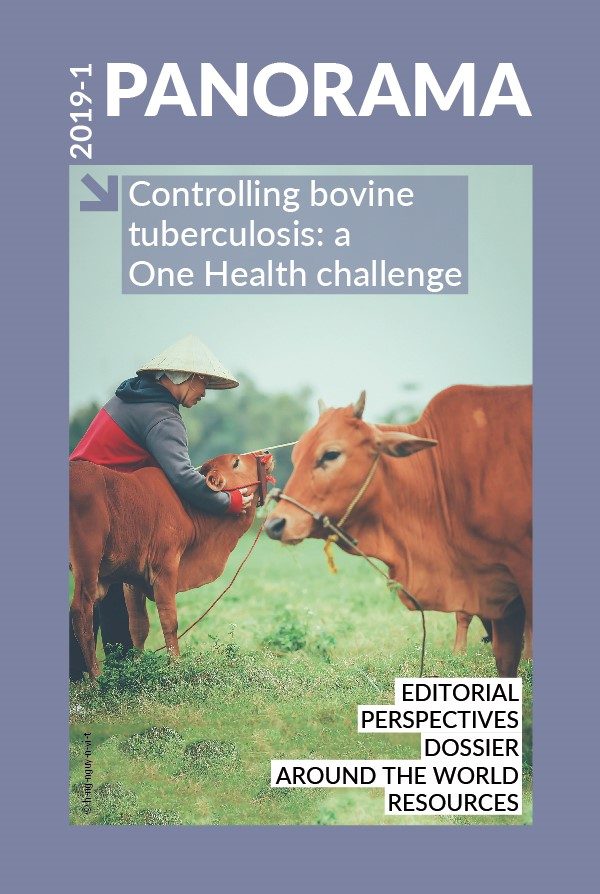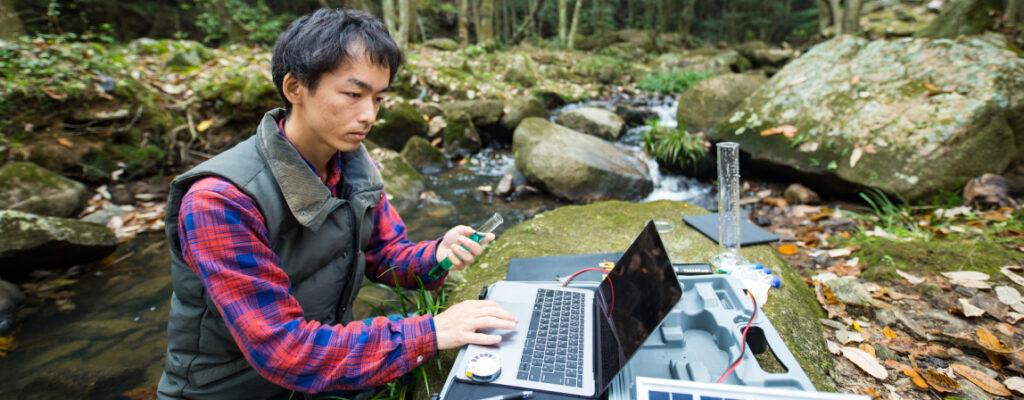Dossier Posted on 2019-04-30 18:57:45
The history of in vivo tuberculin testing in bovines
(Abstract from manuscript)
Keywords
Authors
Margaret Good(1)*, Douwe Bakker(2), Anthony Duignan(3) & Daniel M. Collins(4)
(1) Independent Researcher and Private Consultant, Dun Laoghaire, Co. Dublin, Ireland. Previously affiliated with the Department of Agriculture, Food and the Marine, Dublin, Ireland.
(2) Department of Animal Health, Faculty of Veterinary Medicine, Complutense University of Madrid, Spain.
(3) Superintending Veterinary Inspector, Department of Agriculture, Food and the Marine, Dublin, Ireland.
(4) Centre for Veterinary Epidemiology and Risk Analysis, UCD School of Veterinary Medicine, University College Dublin, Ireland.
* Corresponding author: mgood2510@gmail.com
The designations and denominations employed and the presentation of the material in this article do not imply the expression of any opinion whatsoever on the part of the OIE concerning the legal status of any country, territory, city or area or of its authorities, or concerning the delimitation of its frontiers and boundaries.
The views expressed in this article are solely the responsibility of the author(s). The mention of specific companies or products of manufacturers, whether or not these have been patented, does not imply that these have been endorsed or recommended by the OIE in preference to others of a similar nature that are not mentioned.
Tuberculosis in context
Tuberculosis (TB) has existed for over three million years, thriving worldwide in multiple species, with zoonotic transmission between animals and humans occurring in both directions. Before the introduction of milk pasteurisation in the 20th century, milk-borne Mycobacterium bovis caused mainly extrapulmonary TB, particularly in young children, with significant death rates.
Tuberculin development and standardisation
In 1893, Bang started using Koch’s Old Tuberculin in cattle to detect bovine TB (bTB) and it was used thereafter in early bTB control programmes. Throughout most of the 20th century, scientists collaborated worldwide on refining and optimising the production and standardisation of tuberculin of sufficient potency, and on developing various test methodologies with sufficient sensitivity and specificity to detect most infected cattle. The World Health Organization (WHO) and World Organisation for Animal Health (OIE) defined standards for tuberculin production, potency, assay performance and intradermal tests for bovines. Within a few years of commencing a bTB control/eradication programme, clinical TB was rarely seen to cause disease, leading to significant improvements in livestock production.
Notwithstanding the launch of the first-ever roadmap to combat zoonotic TB [1], people still ask if bTB is a problem; if better controls for bTB exist; if alternative sites for conducting the intradermal skin test would be better; if all tuberculins are equal; and why haven’t ‘better’ tests been developed?
Review
These questions prompted the paper, The History of In Vivo Tuberculin Testing in Bovines: Tuberculosis, a ‘One Health’ Issue, published in Frontiers in Veterinary Science [2]. This review tries to succinctly summarise the literature from the late 19th century until today. It focuses on why tuberculin skin tests have been successful; why zoonotic TB is an important One Health concern; why tuberculin skin tests will remain the screening test of choice for farmed livestock for the foreseeable future; and why the reduction of TB is necessary, and too important and urgent to await possible future developments in novel diagnostic assays before addressing the problem.
DOI of the original research article published in Frontiers in Veterinary Science: https://doi.org/10.3389/fvets.2018.00059
References
- World Health Organization (WHO), World Organisation for Animal Health (OIE) & Food and Agriculture Organization of the United Nations (FAO) (2017). – Roadmap for Zoonotic Tuberculosis.
- Good M., Bakker D., Duignan A. & Collins D.M. (2018). – The history of in vivo tuberculin testing in bovines: tuberculosis, a ‘One Health’ issue. Front. Vet. Sci., 5 (Art 59). https://doi.org/10.3389/fvets.2018.00059.










